Most kids who ride scooters don't wear helmets - studies show only 10% of riders use them. But helmets are crucial for safety, as they reduce head injuries by 85% and brain injuries by 88%. A properly fitted helmet is essential for your child's safety on a scooter, whether they're riding in the neighborhood or going to school. This guide covers how to choose the right helmet and make sure it fits correctly to protect your child while they ride.
Why Kids Need Helmets When Riding Scooters
Kids face special risks when riding scooters. They're still developing their balance and coordination skills, so they may fall more often than adults. Their reaction time is slower, making it harder for them to avoid sudden obstacles. They also may not notice dangers around them, like uneven ground or approaching cars. Plus, children sometimes take unexpected risks while riding.
This is why helmets are so important. A good helmet reduces head injuries by 85% and brain injuries by 88%. When a child falls or hits something, the helmet absorbs most of the impact instead of their head. While helmets can't prevent other common injuries like scrapes and sprains, they protect the most important part - the head and brain.
Many parents think scooters are safer than bikes and don't enforce helmet use as strictly. But falls from scooters can be just as dangerous as bike accidents. Making helmet use a regular habit keeps kids safe and teaches them good safety practices that can last a lifetime.
Different Types of Helmets for Kids' Scooter Riding
Since helmets play such a crucial role in protecting kids while riding, picking the right type matters. Parents can choose from several helmet styles, each designed for specific riding needs.
Multi-Sport Helmets: Protection for Various Activities
These are practical choices for most kids. They work well for scootering, skateboarding, and biking, so you don't need separate helmets for different activities. Multi-sport helmets are lightweight and comfortable while providing good protection. They're a smart choice if your child enjoys various wheeled activities.
Skateboard Helmets: Extra Back-Head Coverage
These helmets are built to protect against the kind of falls that happen on scooters and skateboards. They cover more of the back of the head and are designed to handle multiple small impacts. The design is similar to multi-sport helmets, but with extra coverage for better protection.
Scooter Helmets: Side-Impact Protection
These specialized helmets include extra protection on the sides and back of the head, where scooter riders are most likely to get hurt. While not necessary, they can be a good option if your child mainly uses their scooter.
Full-Face Helmets: Complete Head Protection
These offer the most protection by covering the entire head, including the chin and jaw. They're usually not needed for regular scooter riding around the neighborhood but are good for kids who ride at higher speeds or do tricks.
Basic Bike Helmets: Simple and Effective
Standard bike helmets are fine for casual scooter riding. They're lightweight, well-ventilated, and meet basic safety standards. Many parents choose these because they're easy to find and work well for basic riding needs.
How to Get the Right Helmet for Your Child
A helmet only works well when it fits properly and meets safety standards. The right choice combines protection with comfort to ensure your child will actually wear it.
Test Helmet Position Above Eyes
Place two fingers above your child's eyebrows - this is where the helmet's rim should sit. The side straps should form a "V" under the ears, and one finger should fit between chin and strap. If the helmet rocks back more than two fingers' width, it's too loose.
Verify Safety Certification Label
Check for the CPSC sticker inside the helmet - this means it meets U.S. safety standards. Replace any helmet that's been in a crash or is over 5 years old, even if it looks fine. Avoid second-hand helmets as you won't know their crash history.
Examine Ventilation System
Count at least 8-10 vents for proper airflow. Front vents pull in cool air while back vents release heat. For summer riding, helmets with internal channels provide better ventilation. Remove any insect nets from vents during hot weather.
Choose High-Visibility Options
Pick helmets with reflective strips on back and sides. White, yellow, or orange colors show up best in low light. Add stick-on reflectors if needed. Avoid dark colors for regular riding, especially during dawn or dusk hours.
Let Kids Choose Design
Have your child try on 2-3 helmets that meet safety standards. Test each for 5-10 minutes to ensure comfort. Consider adjustable sizing systems for growing kids. Look for easy-to-use buckles that small fingers can manage.

How to Wear a Helmet Correctly
Even the best helmet can't protect your child if it's not worn correctly. Master these five key adjustments to ensure proper fit and protection.
Position on Forehead
Place the helmet's front rim exactly two finger-widths above eyebrows. If you can see the helmet's rim when looking up, it's too far back. The side of the helmet should sit just above the ears, creating a straight line from forehead to back of head.
Adjust Side Straps
Set the slider pieces directly under earlobes, forming a perfect "V" shape. Pull each strap to equal lengths - uneven straps will cause tilting. The front strap should sit vertically, while the back strap angles slightly forward. Test by opening your mouth wide - the helmet should pull down on your head.
Check Helmet Stability
Perform the "shake test": bend forward and shake head from side to side. The skin should move with the helmet. If the helmet shifts more than an inch in any direction, readjust the straps. Try nodding vigorously - the helmet shouldn't rock forward or backward.
Secure the Buckle
Insert the strap fully until you hear a clear "click" sound. The buckle should rest against the soft area under the chin, not on the jawbone. Maximum space between chin and strap: one finger width. Any more space means the strap needs tightening.
Test Final Fit
Have your child look left and right 3 times, then up and down 3 times. Jump in place 5 times. If the helmet stays level and doesn't shift, it passes the movement test. Repeat these checks every month as straps naturally loosen with use.
Additional Scooter Safety Tips
When it comes to scooter safety for kids, helmets are crucial, but additional protective gear and safe riding practices can further enhance protection against injuries. Here’s how to ensure comprehensive safety:
Protective Gear Beyond Helmets
- Knee Pads: Protect the knees from scrapes, bruises, and more severe injuries during falls.
- Elbow Pads: Safeguard the elbows against impacts and abrasions.
- Wrist Guards: Prevent wrist fractures and sprains by stabilizing the wrists upon impact.
Safe Scooting Practices
Ride in Safe Areas Away from Traffic
- Encourage kids to ride in parks and playgrounds, avoiding busy roads even with sidewalks.
- Supervise young children to keep them in safe zones.
Aware the Surroundings
- Teach children to scan for pedestrians and obstacles.
- Promote the use of hand signals for communication.
- Encourage riding without headphones to stay alert to sounds.
The protective gear like knee pads, elbow pads, and wrist guards reduces the risk of injury and keeps scooter riding fun and safe for kids, while also fostering lifelong safety habits.
Ensure Your Child’s Safety on Scooters with Helmets!
To keep children safe while riding scooters, parents must prioritize helmet use and set a good example by wearing helmets themselves. Proper helmet fitting is crucial for preventing head injuries, while additional protective gear like knee pads and wrist guards can further reduce the risk of harm. Encourage kids to ride in designated areas away from traffic and remain aware of their surroundings.

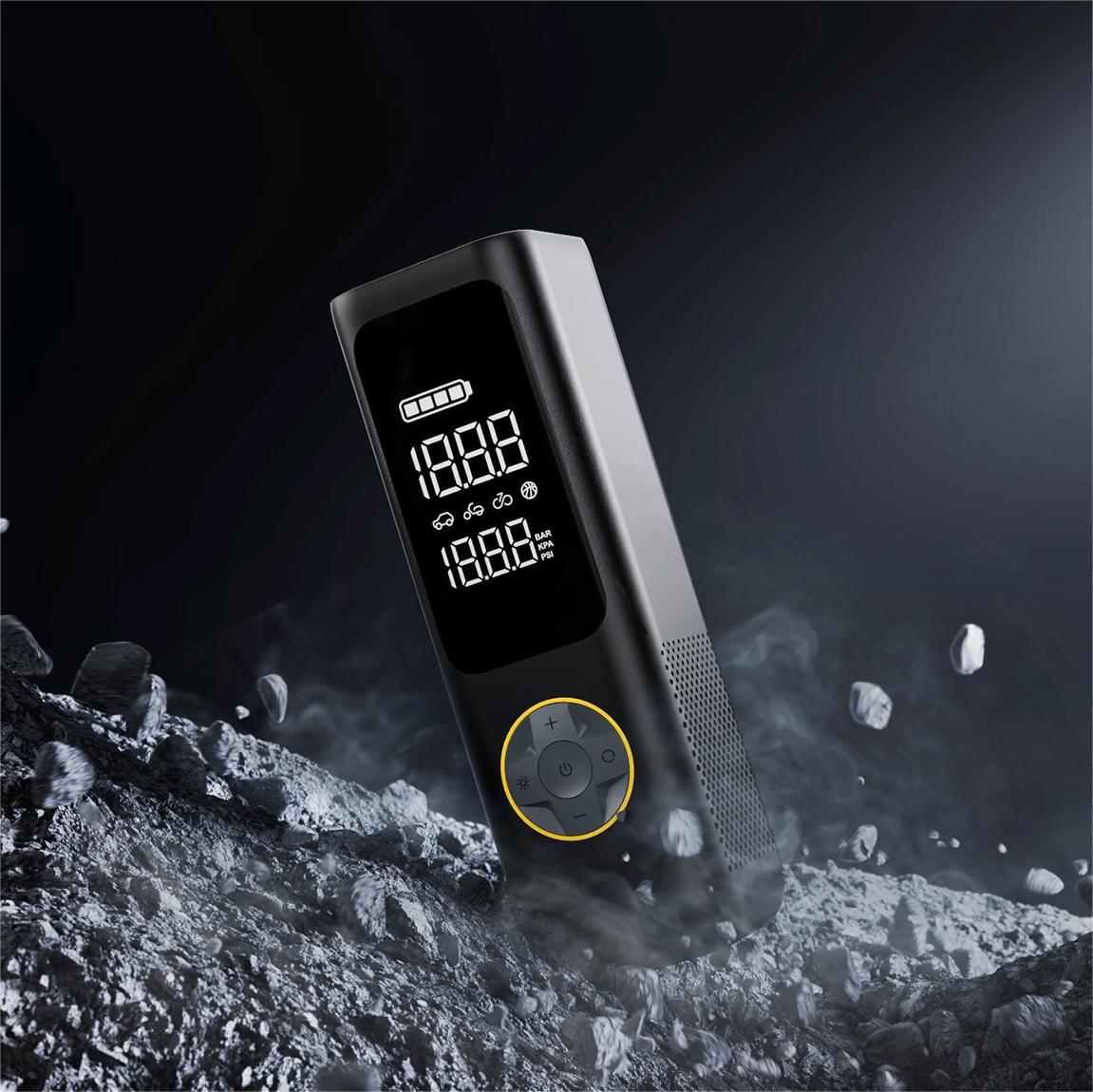
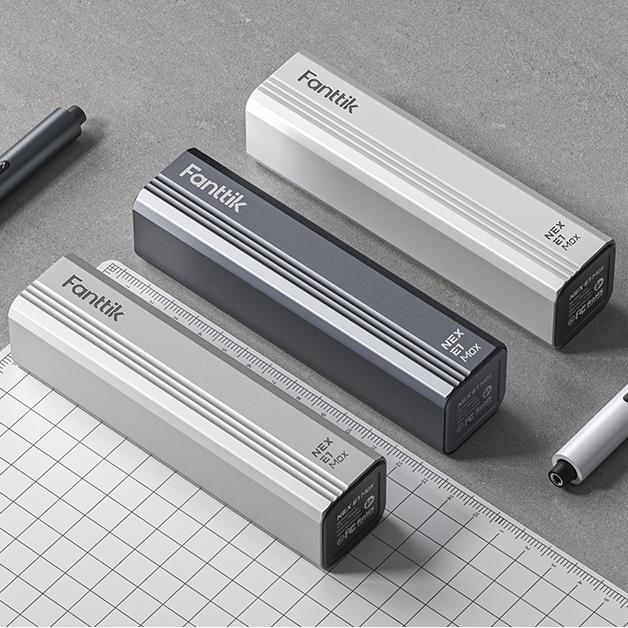
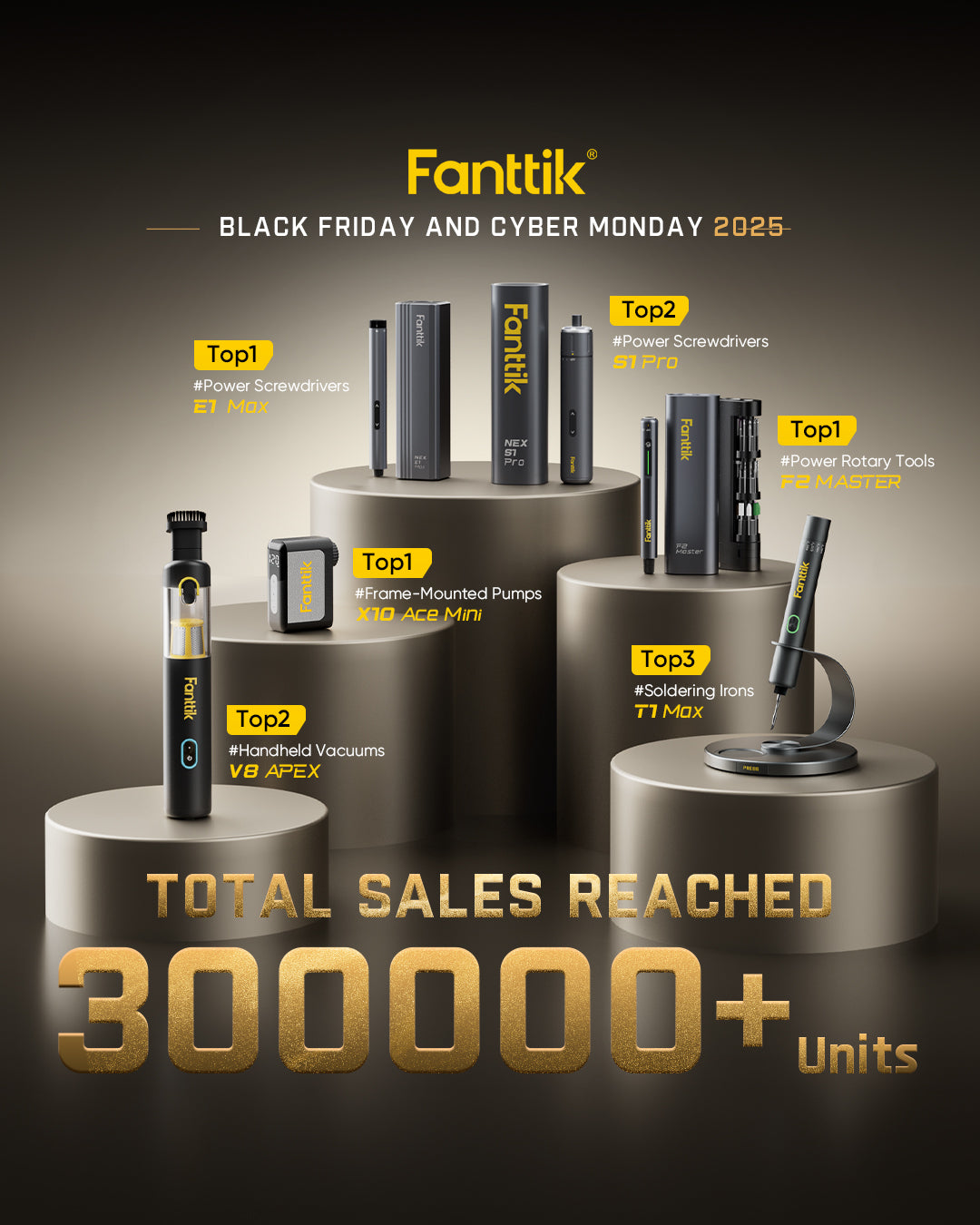
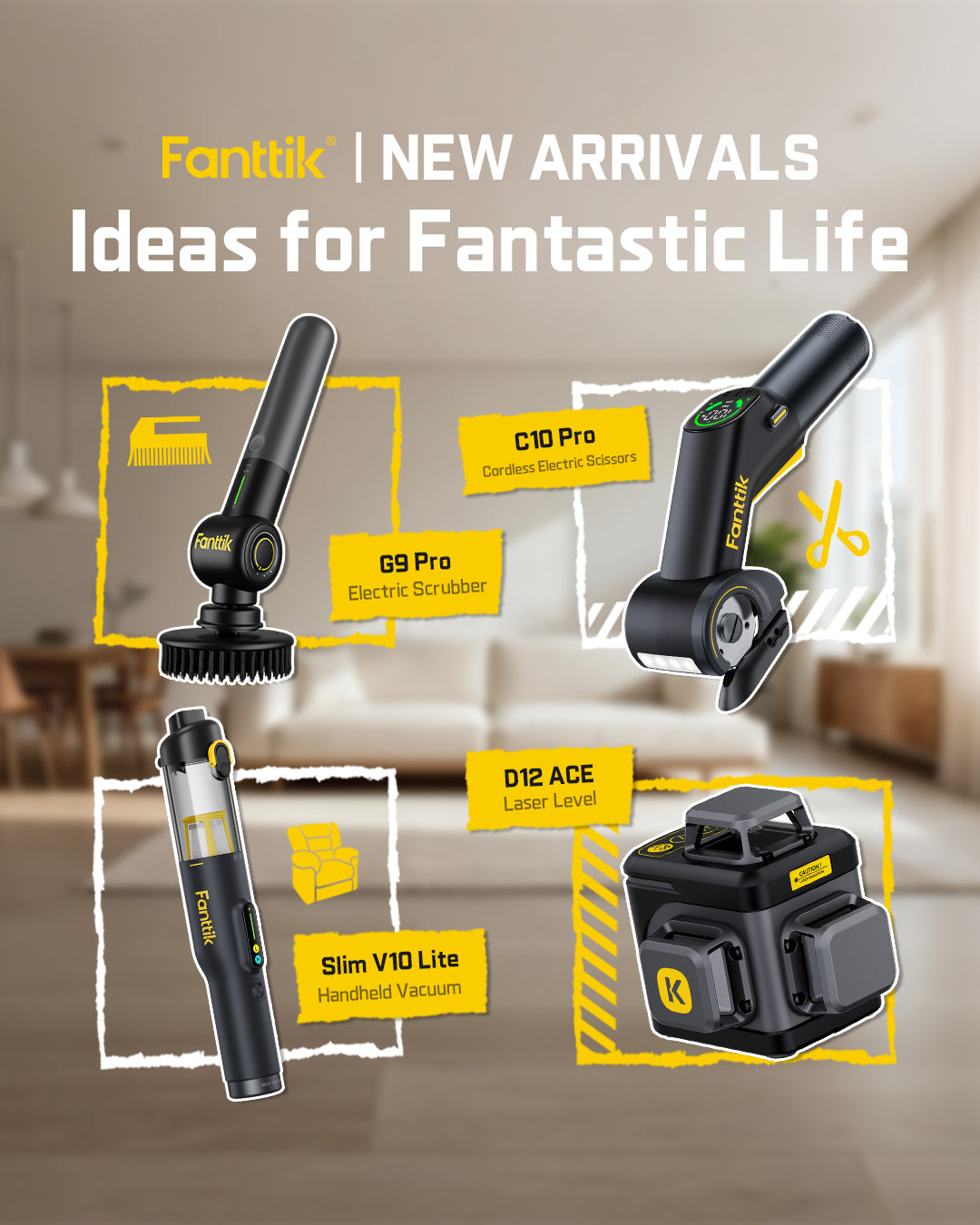
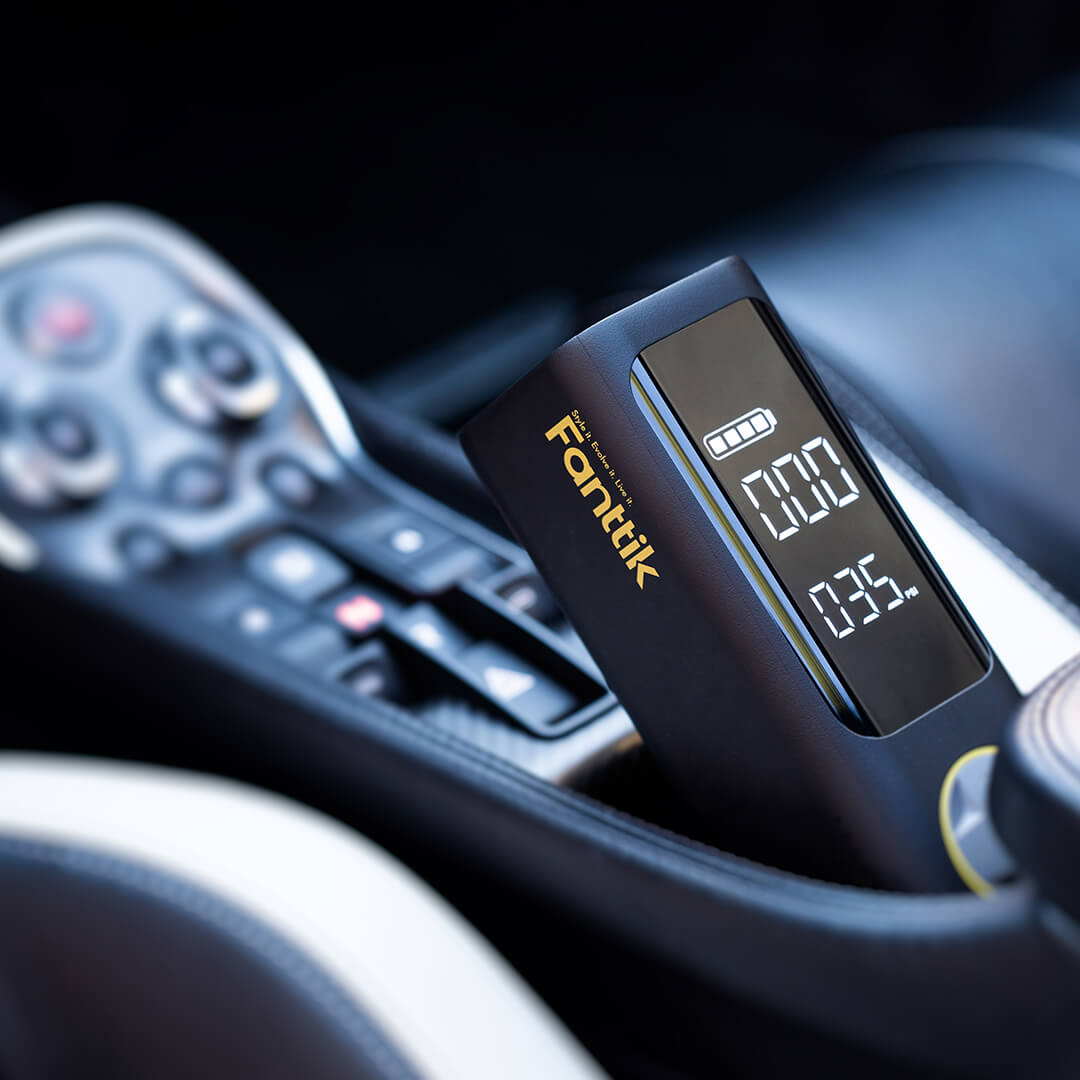
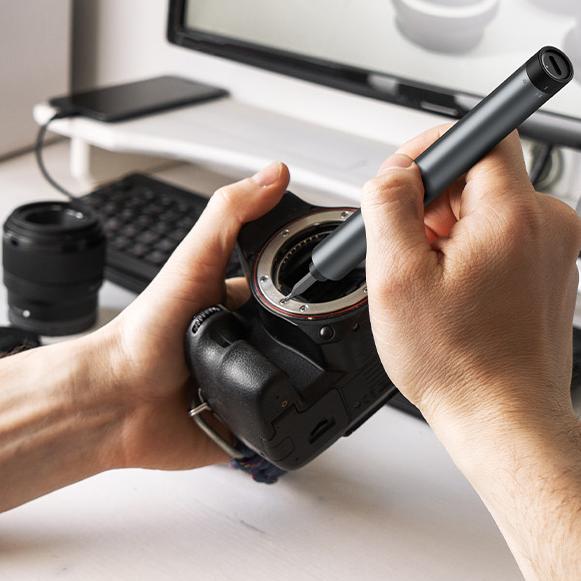
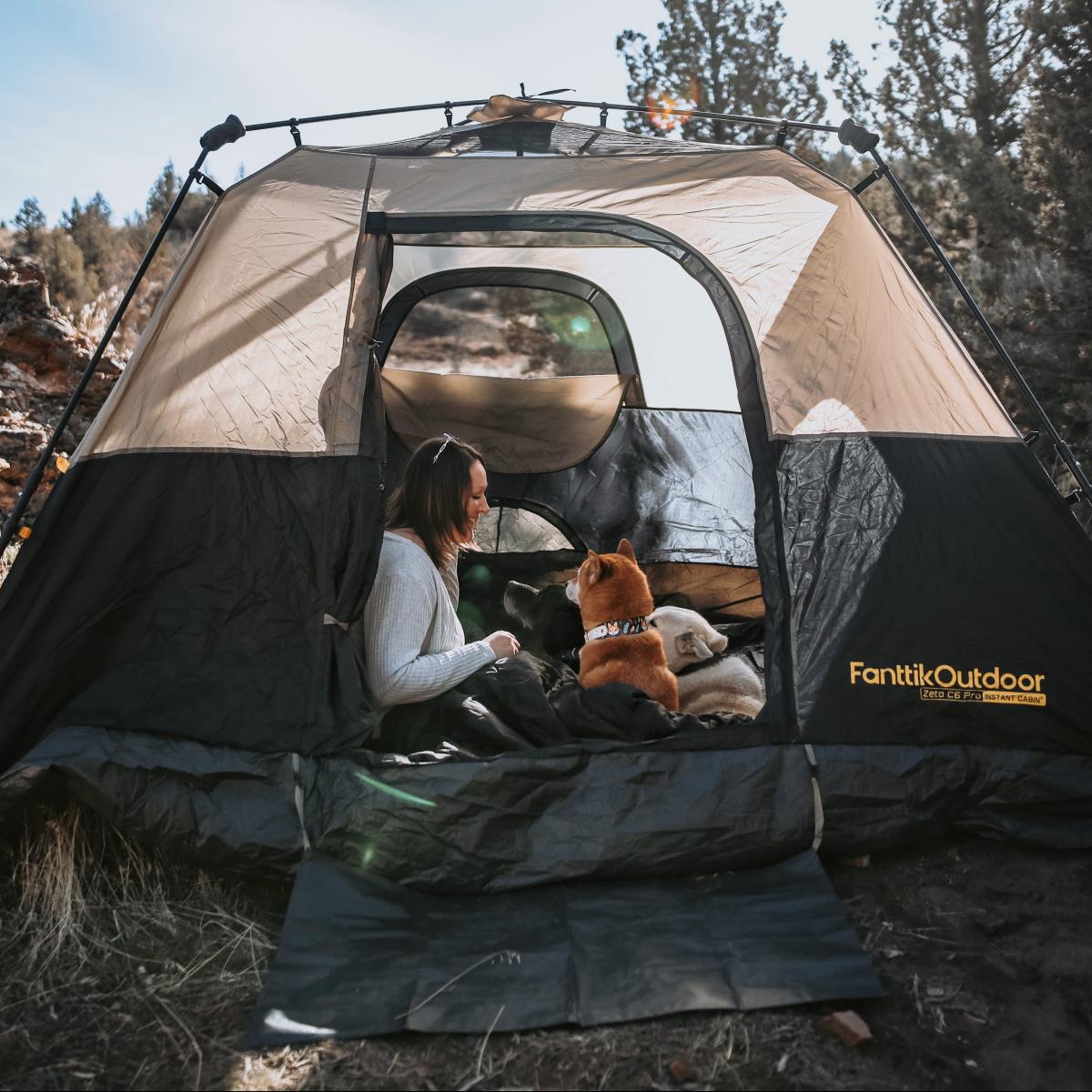
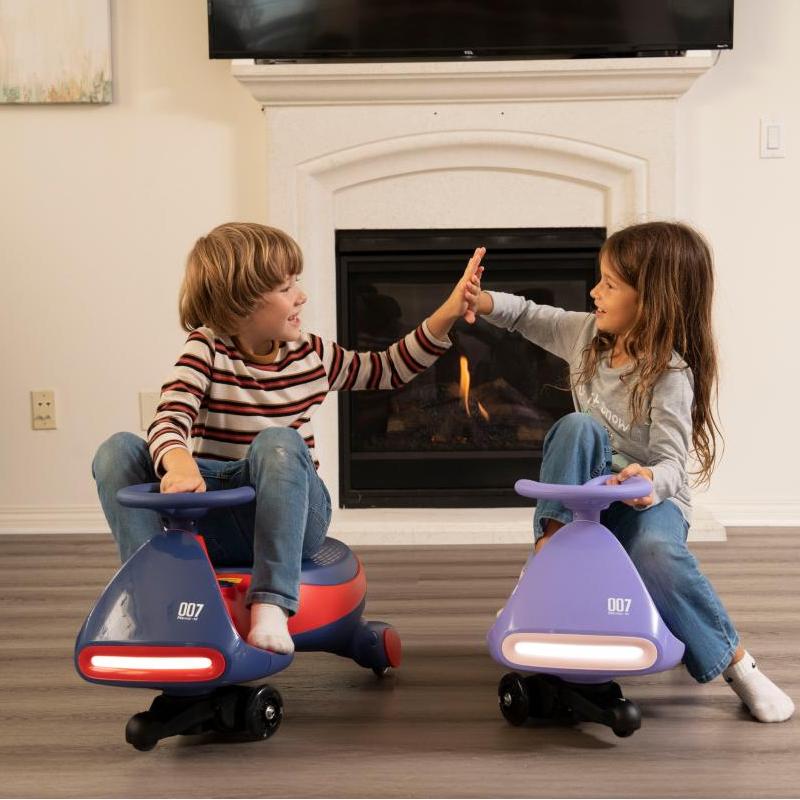
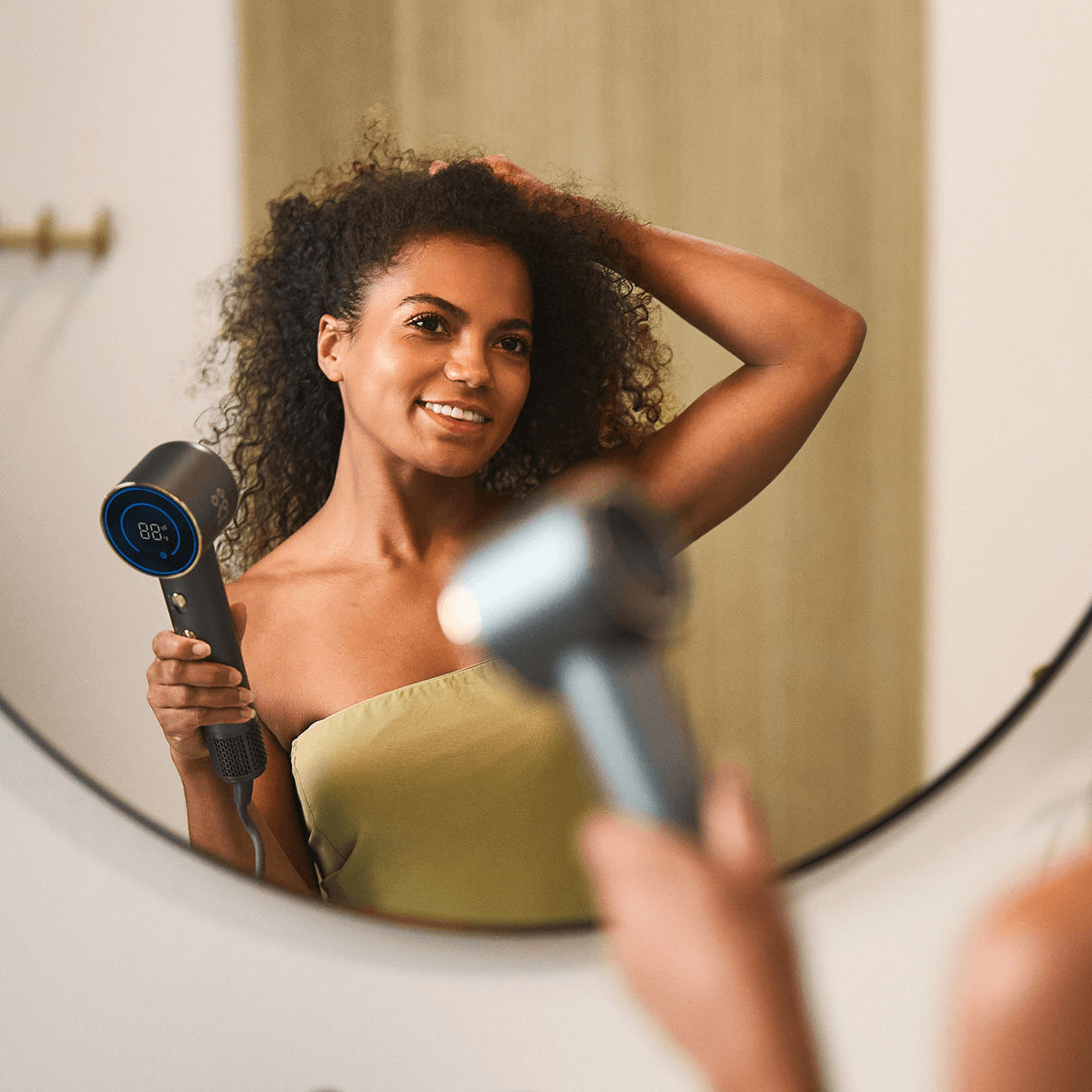
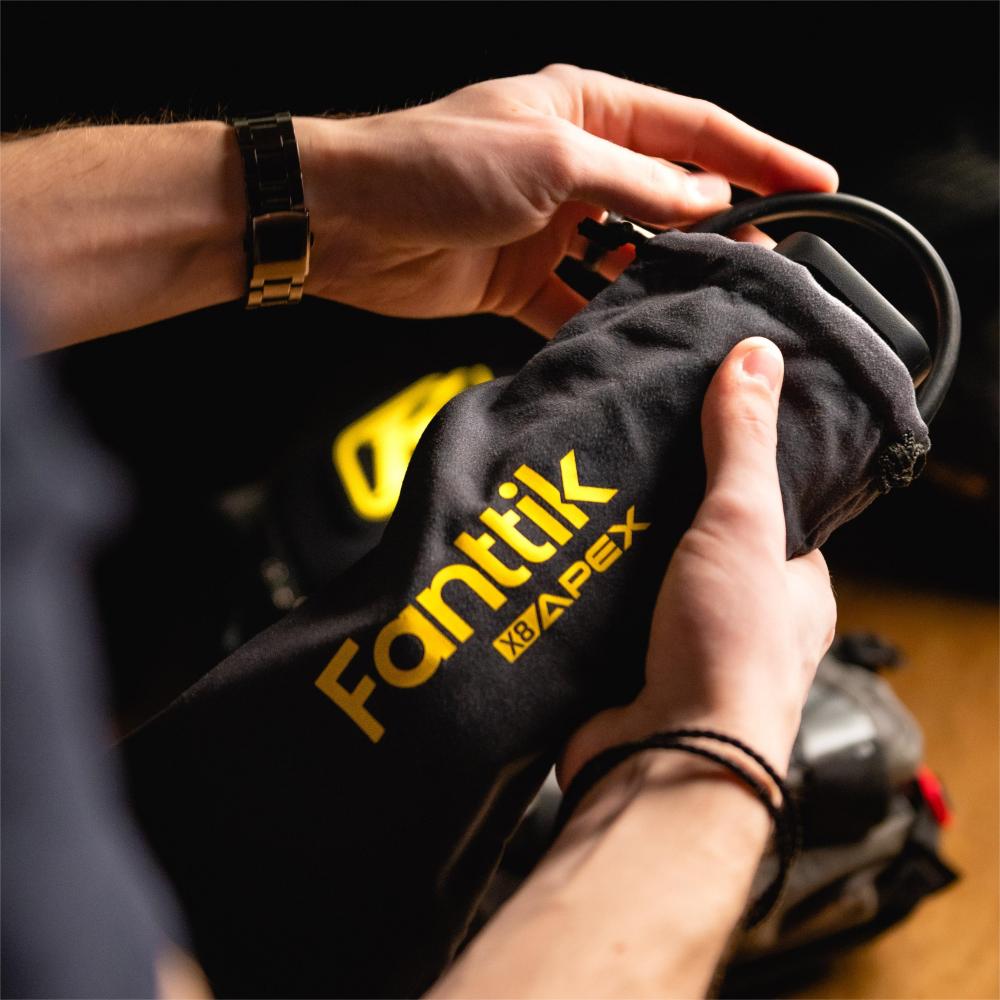

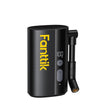
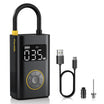
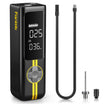
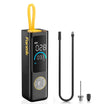
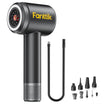
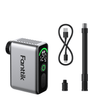
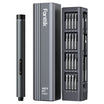
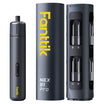
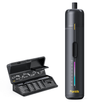
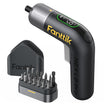
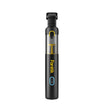
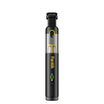
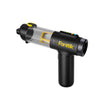
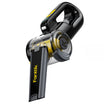
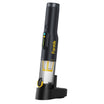
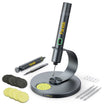
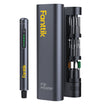
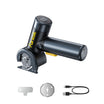
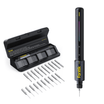
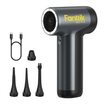
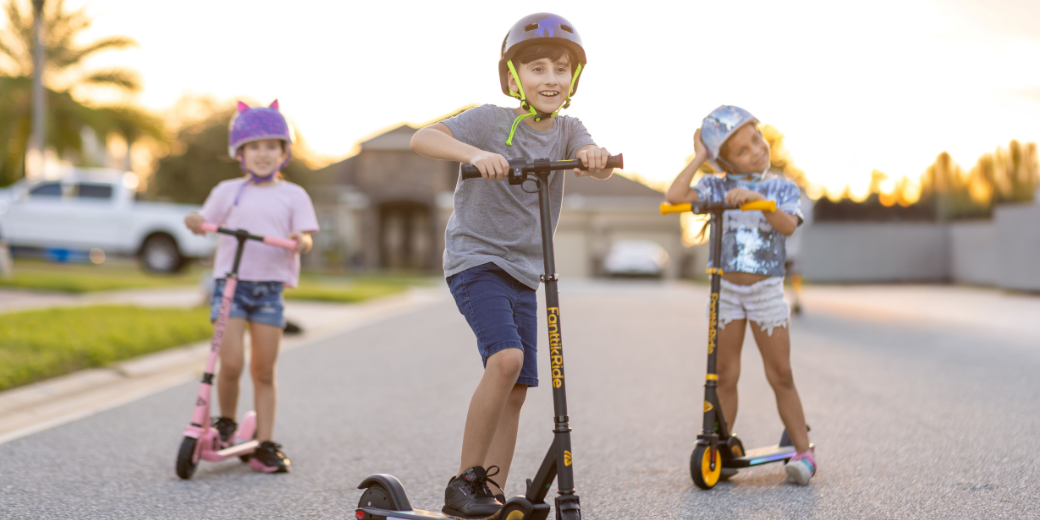
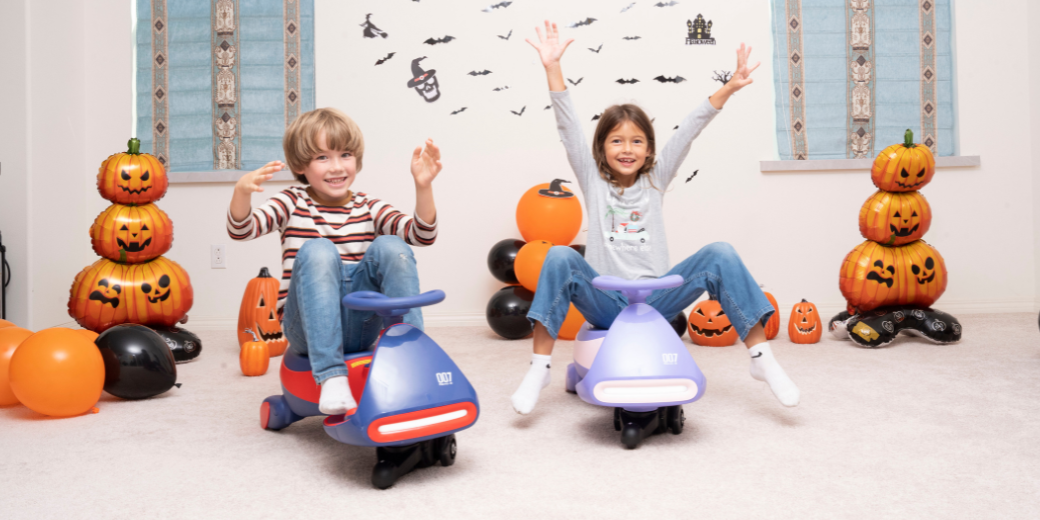
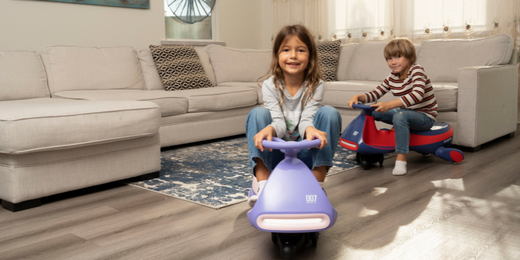
Leave a comment
All comments are moderated before being published.
This site is protected by hCaptcha and the hCaptcha Privacy Policy and Terms of Service apply.